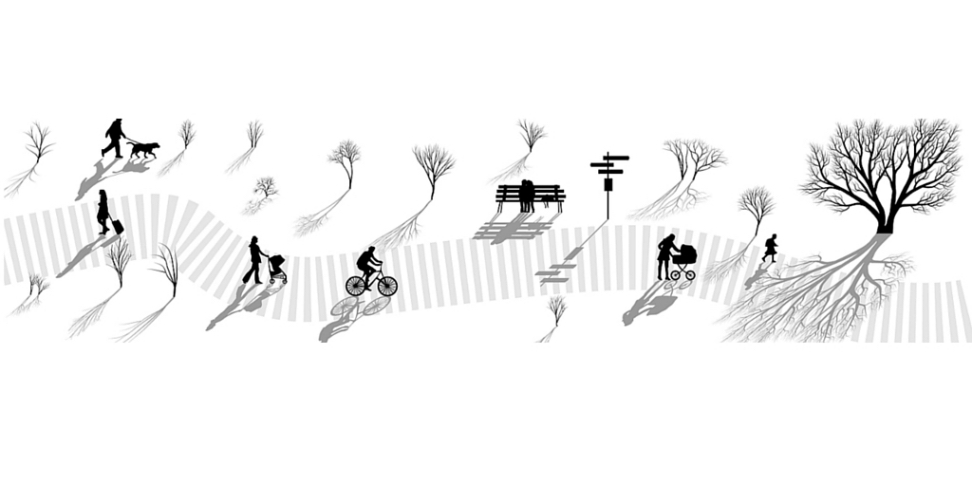Vignette – how to on foresight – people knowledge central
MAKE THE SOCIOCULTURAL CONTEXT CENTRAL
Make the human context central to any strategic foresight activity. Do not be overly enamored with industry analysis, technology, or business trends and forget or overlook the role of people. Many activities produce impressive reams of data but haven’t thought through how the people affected would react or respond in the proposed future. Considering different sociocultural contexts can help the organization respond to a wider range of needs–be they demographic, sociological, ethnographic, physiological, psychological, etc.
Key steps
The analyst can help the organization see the importance of the sociocultural context and how it provides the baseline for understanding emerging needs and opportunities. Some leading organizations are forming Consumer or Customer Foresight/Insight programs. For example, Nokia has for about ten years been proactively using consumer foresight inputs in its development processes. These inputs are woven into the product development, design, and foresight/insight programs. This approach has been cited as one of the fundamental elements in Nokia’s improved position in the mobile phone market in the 1990s. (Steinbock, 2001)
Consumer-centered programs start with identifying trends in the cultural, sociological, psychological, ethnographic, and demographic arenas and exploring their implications for various organizational activities. In other cases, organizations hire firms to help them get a feel for what is going on, ranging from very deep explorations of the cultural context, using tools such as Integral Futures (Slaughter, 2003) or Causal Layered Analysis (Inayatullah, 2004), to the more surface-level approaches epitomized by “cool hunting.”
Several steps need to be followed in providing a cultural context for foresight work. A multidisciplinary “SWAT team” could be established with the skills to understand people, decision-making contexts, and the output context. The team collects trends either by searching themselves or working with one of the many capable brokers of trend information. Next, they analyze and prioritize the impacts of these trends. This information can then be communicated to the critical business processes where it is needed.
Benefits
Grounding the activity in an understanding of human behaviors and societal drivers is an underutilized approach. “Mainstream economics today views production as valuable primarily as a means to satisfy the needs and wants of consumers, but has taken a simple–some say, simplistic–approach to identifying those needs and wants.” (Goodwin, Ackerman, and Kiron, 1995, p. 31). Or as Farrell (1998, p. 14) suggests, “In business, waves of demand must be actively surfed, with an acute knowledge of whether the wave is building up or moving into churning, energy-wasting whitewater. The essence of a good ride is knowing when to get in and out and maximizing one’s advantage along the way.”
Understanding emerging needs as an element of the organization’s business system is crucial to right-timing its outputs and hence benefiting commercially. A challenge is that sociocultural inputs tend to be sourced with traditional market-research methods, which mostly highlight existing norms, values, and thoughts and overlook shifting contexts.
Example
The Beta vs. VHS competition among videotape manufacturers highlights the importance of correctly interpreting the sociocultural context. The Beta format focused on superior technical quality, while VHS focused on the usability of the technology in the broader context of the media industry and its customers. VHS won that battle. One fundamental problem with Beta was that it could not accommodate the length of a movie.
Another good example of inadequately considering sociocultural trends was the case of Nike and its production facilities in less-developed nations. After some of its contractors were found underpaying workers and using child labor, Nike suffered a media backlash and a slew of legal cases. The company’s phenomenal growth in profits in the late 1990s took a hard hit. Consumer backlashes can have devastating consequences, as Nike found.
Further reading
Beyer, H. and Holtzblatt, K. (1998). Contextual Design: Defining Customer-Centered Systems. Oxford, UK: Morgan Kaufman.
Farrell, W. (1998). How Hits Happen. New York: HarperBusiness.
Goodwin, N., Ackerman, F., and Kiron, D. (1997). The Consumer Society. Chicago, IL: Island Press.
Inayatullah, S. (ed.). (2004). The Causal Layered Analysis (CLA) Reader: Theory and Case Studies of an Integrative and Transformative Methodology. Taipei: Tamkang University Press.
Marsh, N., McAllum, M., and Purcell, D. (2002). Strategic Foresight: The Power of Standing in the Future. Melbourne: Crown Content.
Slaughter, R. (2003). Integral Futures: A New Model for Futures Enquiry and Practice. In Futures beyond Dystopia: Creating Social Foresight. London: Routledge. (Available at www.foresightinternational.com.au)
Steinbock, D. (2001). The Nokia Revolution: Success Factors of an Extraordinary Company. New York: AMACOM.
This vignette first appeared in “Thinking About the Future: Guidelines for Strategic Foresight”, edited by Andy Hines and Peter Bishop, published in 2006
My tweets
Posts on…





